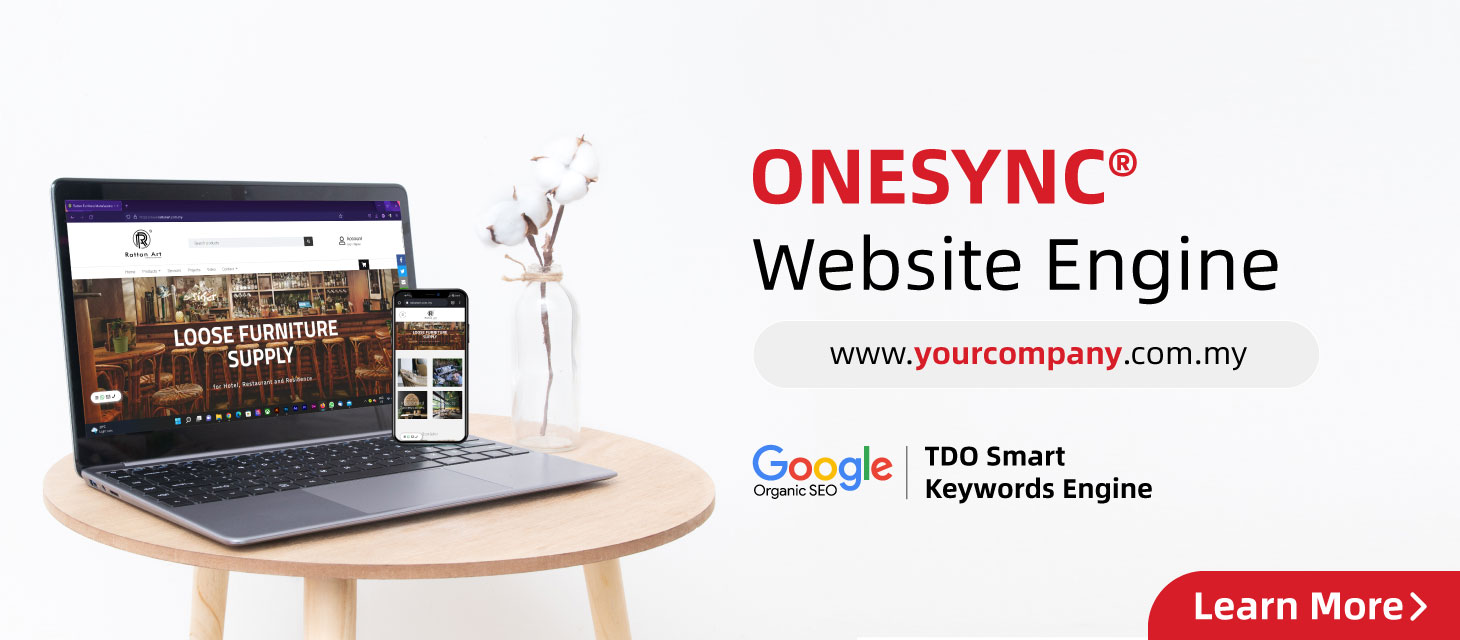Epoxy flooring is a popular choice in Malaysia’s industrial sector—especially in warehouses, factories, and commercial spaces—because of its durability, chemical resistance, and low maintenance. But like any flooring system, epoxy isn’t perfect.
At SYH, we believe in helping our clients make fully informed decisions. So here’s a transparent look at the potential downsides of epoxy flooring, and how to manage them effectively.
1. Slippery When Wet (Unless Treated)
While epoxy has a smooth and glossy finish, this can become slippery in the presence of water, oil, or dust.
Solution:
At SYH, we offer anti-slip coatings and additives (like silica sand or grit) to improve traction and prevent slips—especially in high-traffic or spill-prone areas.
2. Long Curing Time
After installation, epoxy floors require time to cure (harden fully), usually 24–72 hours, depending on the product and environmental conditions.
Drawback:
This downtime may interrupt operations if not scheduled properly.
Solution:
SYH works closely with clients to plan installations around off-hours, weekends, or holiday periods to reduce business disruption.
3. Strong Fumes During Installation
When epoxy is applied, it releases volatile organic compounds (VOCs) and odors, especially in enclosed spaces without proper ventilation.
Solution:
SYH uses ventilation equipment and ensures all staff wear protective gear. Once cured, epoxy floors are completely safe and non-toxic.
4. Requires Proper Surface Preparation
Epoxy won't adhere properly to dirty, oily, or uneven concrete surfaces. Poor preparation can lead to bubbling, peeling, or premature failure.
Solution:
SYH follows strict surface preparation protocols, including grinding, cleaning, and moisture testing, to ensure a flawless bond.
5. Difficult to Remove or Replace
Epoxy is a permanent coating. Removing or replacing it later can be time-consuming and costly.
Solution:
That’s why SYH provides detailed consultations upfront to ensure epoxy is the right fit for your operations before installation.
6. Sensitive to UV Exposure
Epoxy can yellow or fade over time when exposed to direct sunlight, making it less ideal for outdoor or open-air areas.
Solution:
For sun-exposed areas, SYH recommends UV-resistant topcoats or polyurethane finishes to preserve color and appearance.
7. Cold, Hard Surface
Epoxy flooring has no give—it’s a hard surface, which can be uncomfortable for long periods of standing and may cause dropped items to break.
Solution:
SYH can recommend rubber mats or ergonomic flooring zones for workstations to improve comfort and safety.
Conclusion: Know the Limitations, Plan Around Them
Epoxy flooring offers exceptional performance when used in the right environment with the right precautions. Most of the downsides can be avoided with proper planning, expert installation, and ongoing maintenance—which is exactly what SYH delivers.
Need Expert Advice Before Installing Epoxy?
Let SYH help you choose the right flooring solution for your warehouse or factory. We provide transparent guidance, safe application, and professional support from start to finish.
Contact us or visit https://www.malaysiaepoxyflooring.com for a free consultation.







 BR 20358
BR 20358  US 7944
US 7944  VN 5801
VN 5801  MY 4635
MY 4635  IN 4544
IN 4544  GB 1850
GB 1850  AR 1712
AR 1712  CN 1669
CN 1669 



